You are here
An unconventional access route to the Abbot Pass Hut, the approach via the Fuhrmann Ledges ascends 1,770 meters of Rocky Mountain terrain as stunning as it is risky. Be forewarned: This route is extremely dangerous. Many professional guides refuse to do this section as the risk of rockfall is very high. The moment the sun begins to heat the upper faces of Lefroy, rockfall showers begin. Efficient movement in semi-technical terrain is paramount. Worse, if it heats up while you are there, you can get trapped. This route is for experienced mountaineers who can move quickly and confidently on loose Rocky Mountain scree with exposure.
With numerous challenges booking a ride into Lake O'Hara, it's tempting to find alternative routes. For experienced mountaineers comfortable with exposure and loose scree, Fuhrman ledges is a interesting option. It began as an alternative to the "Death Trap," the glaciated fan that runs in the canyon between Mount Lefroy and Mount Victoria's seracs and rockfall-prone faces. The Fuhrman Ledges are a unique perspective on the valley and make for spectacular scrambling. According to the Alpine Club of Canada, the average time of ascent is about 8 hours.
This route is best attempted later in the summer. Crossing beneath the northeast face of Lefroy, which gets some sun early in the day, can lead to a ton of problematic rock and ice fall as well as avalanches. Generally, this is confined to the 20-plus gullies that are crossed over or beneath; however, by no means is this the rule. Later in the season, there is less debris, and in the fall it’s possible to ascend this route with little to no sun and consistent cold, which keeps everything frozen in place.
The distance to the hut is about 10.20 kilometers with about 1,350 meters of elevation gain. You begin in Lake Louise from the carpark. If you plan on doing this as a one-way trip, you will need to stage a vehicle at the Lake O’Hara parking lot. Follow the Lakeside Trail at Lake Louise onto the Plain of Six Glaciers Trail. When you emerge into the alpine, start looking for a gentler slope to descend onto the talus bellow. You’re aiming for the wide scree fan on the south face of Lefroy. In the dark, this might be hard to locate, so be ready with compass bearings.
The scree fan up to the ledges can be a bit of a slog and requires an exhausting two steps up, one step back philosophy familiar to the Rockies. Eventually you will gain the large ledge system. It begins quite wide, with ample room to move along. There are two challenging sections here. The first is narrower, a one-foot wide section of rock that rides against an abrupt face. The exposure is significant in this short section. There is another steep gully gap with fixed cables that is a little easier, but it will present some challenge for those uncomfortable with heights. While you can rope up for these sections, protection is limited, so it's not always the best idea.
From here the route is narrower, but not too bad. Continue between large blocks around the corner, over steadily widening ledges. Eventually you arrive at a scree gully and up onto the wider scree- and talus-filled plateau. Here there are often cairns and trails branching in and out. None should be relied upon entirely. When in doubt, head up. Eventually the plateau begins to narrow and steepen. In the fall, this is the most treacherous section as the screen freezes making for awkward footing. If temperatures dip beneath -4 degrees, I would recommend putting crampons on here as there are few opportunities until you get to the glacier.
The last section runs the gauntlet of gullies. Past the gullies the glacier begins. While it is not especially steep or cut with crevasses, most years it is perhaps prudent to be adequately prepared for crevasse rescue. From here it's a short jaunt to the Abbot Pass Hut.
From the hut, follow the Abbot Pass Trail. The biggest risk in this section is fellow hikers. This is one of the loosest commonly used trails in Banff and Yoho national parks. Many hikers unfamiliar with rockfall etiquette will be in this area, so be aware. A helmet is required for this section. Once beyond, descend down onto the Oesa Ledges. Here the trail is well marked with blue and yellow paint. The trail descends into the basin down to the Oesa Lake. From here, follow the trail signs down large, well-cut stone stairs to Lake O'Hara. At the lake's edge, you can head left or right around the lake. Eventually the trail stops near the O'Hara Lodge and the little store that makes the bus stop. The last bus leaves at 4 p.m., and if you aren't on it or there isn't room expect to walk. The bus also stops running by mid-October. The walk along the road is tedious and long, and after 11 long kilometers ends at the carpark beside the highway.
Logistics + Planning
Current Weather: Powered by Dark Sky








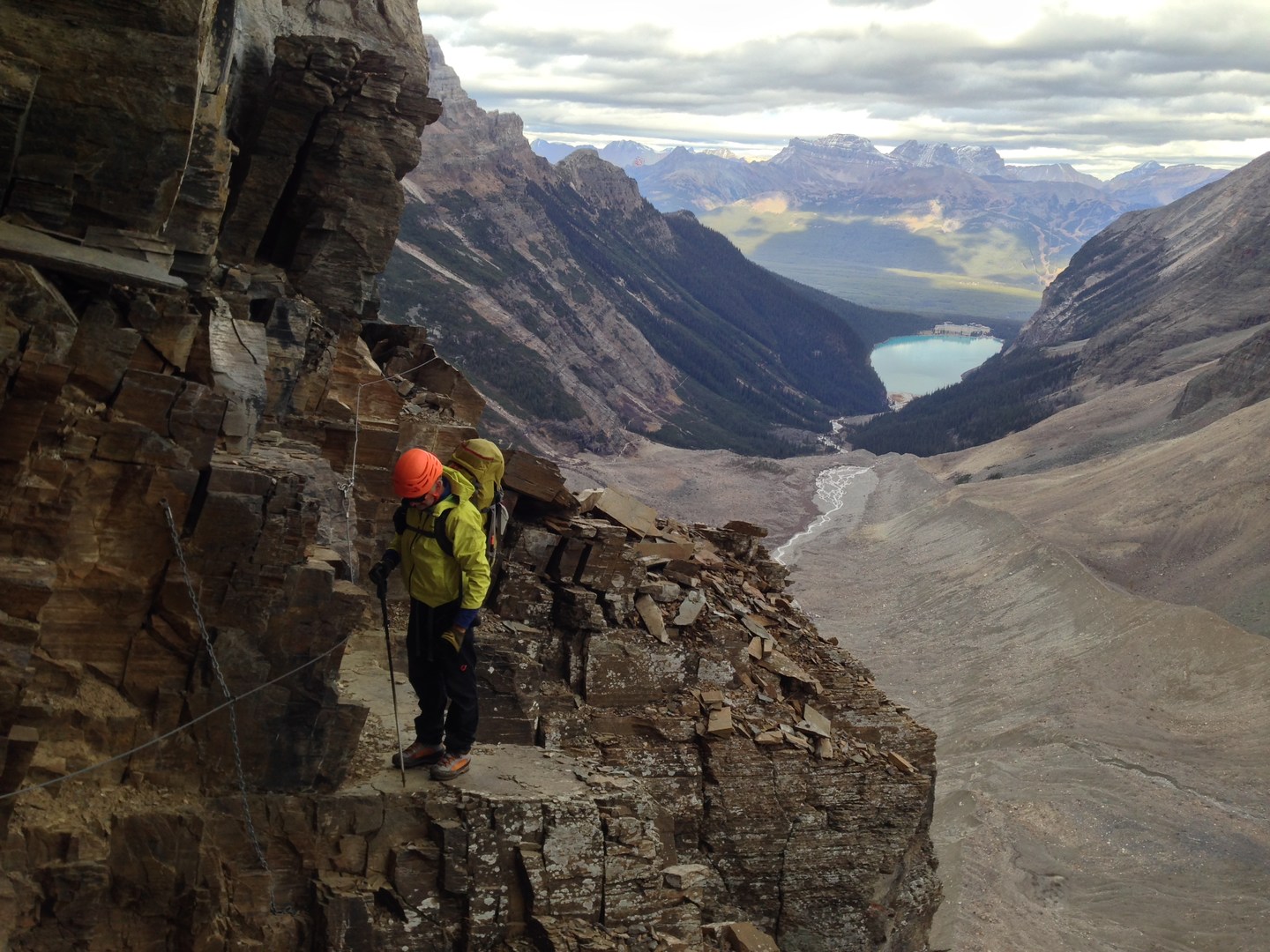


















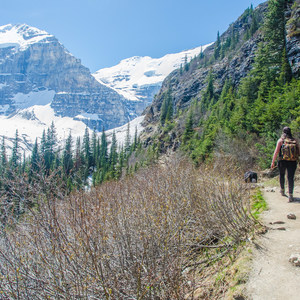
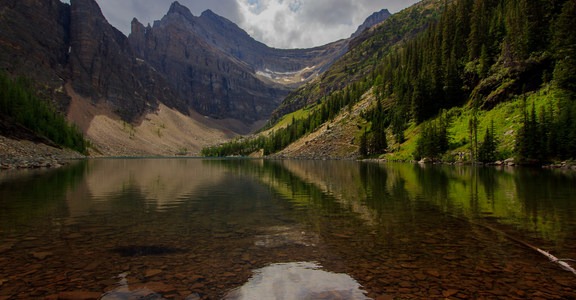
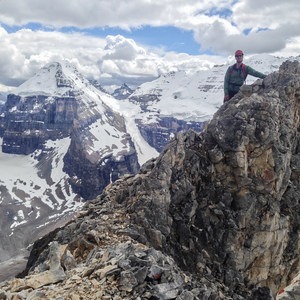
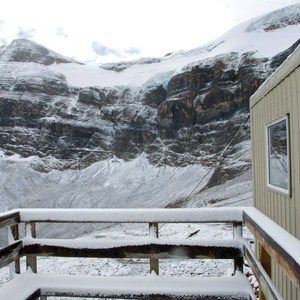



Comments
Sign In and share them.